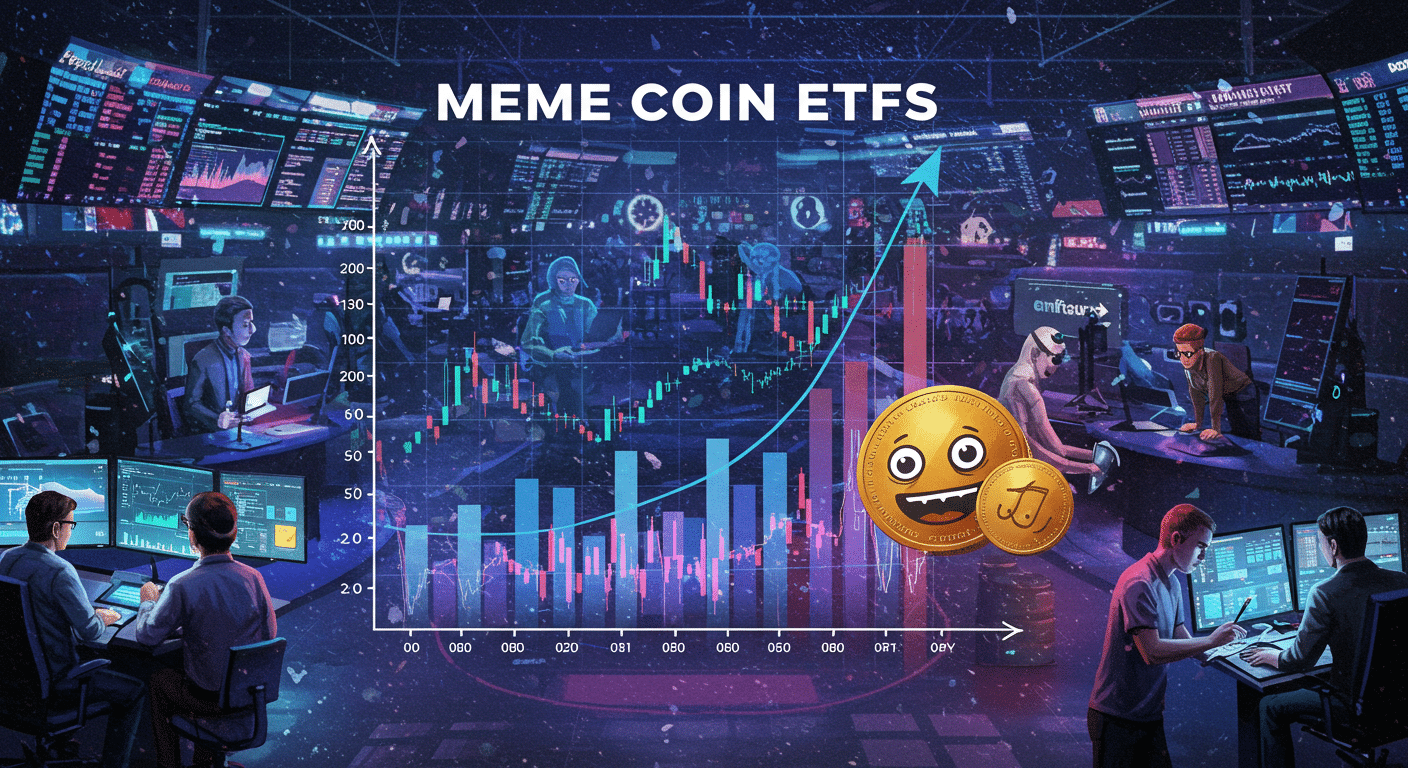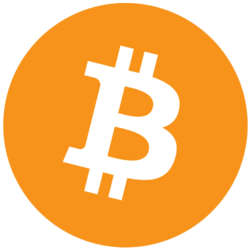As of April 21, 2025, the U.S. Securities and Exchange Commission (SEC) has begun reviewing 72 crypto ETF applications. The regulatory approval process comprises different forms of crypto assets that involve spot ETFs, leveraged funds, and derivatives. This emerging regulatory action shows initial signals of an upcoming change in how financially established markets will approach cryptocurrency.
- Solana-Related ETF Proposals Under Review
- XRP ETF Applications Face Legal Complications
- Meme Coin ETFs Signal Market Experimentation
- FAQs
- What is a crypto ETF?
- How many crypto ETF proposals are under SEC review?
- Which coins are included in these ETF applications?
- What is the significance of the SEC’s review?
- Will all proposed ETFs receive approval?
- Glossary of Key Terms
- Reference:
The SEC agenda shows a growing trend from companies that want to extend their offerings past Bitcoin and Ethereum products. Various firms filed documentation to introduce ETFs focusing on altcoins besides meme coins, combined with complex market evaluation approaches. These proposals emerge after the SEC approved spot Bitcoin ETFs, which created new institutional entry points.
The new SEC leadership is conducting reviews that might transform digital assets into suitable packages for regulated investment platforms. ETFs introduced by the lineup indicate a wider effort to connect traditional finance with crypto. The Commission will determine during the subsequent months how retail and institutional investors will access digital assets.
Solana-Related ETF Proposals Under Review
Several issuers have submitted crypto ETF proposals focused on Solana, including spot, leveraged, and inverse ETFs. The funds aim to provide straightforward and amplified access to Solana price activity, attracting traders seeking short-term outcomes. Derivative-based exchange-traded funds form part of the proposed funds that track Solana futures contracts.
Solana faces regulatory challenges because authorities remain concerned whether it should be classified as a security according to U.S. law. Rising demand from institutions has become the primary catalyst for issuers to create Solana-based exchange-traded funds, which can gain regulatory approval. Approval of Solana ETFs would create a new entry point for investors who seek to invest outside of Bitcoin and Ethereum.
ProShares and other firms develop thematic ETF options based on Solana to attract investors who follow market trends. These products eliminate the requirement for direct custody, making Solana exposure possible. The approval status reaches a crucial point because the SEC decides how to classify Solana through its assessment procedures.

XRP ETF Applications Face Legal Complications
Additional difficulties exist for XRP ETF proposals because of the token’s continuous legal and regulatory history. Various entities have submitted applications for authorization for spot XRP ETFs, as have leveraged and inverse strategies. The sponsors behind XRP ETFs seek to benefit from investor interest in trading volatility and the extended use of this asset.
SEC enforcement actions against XRP’s issuer created uncertainties about its status as a securities product under current federal laws. This background could slow down or block approval for XRP-related crypto ETF products. The XRP industry actively fights to gain recognition of XRP as a non-security digital asset despite overcoming regulatory hurdles.
According to market experts, XRP’s legal status needs clarification to achieve ETF approval within a regulatory structure. XRP ETF approval will establish a historic point for altcoin access to investment structures available to traditional financial markets. No final conclusions have yet been released from the evaluation process, which continues at present.
Meme Coin ETFs Signal Market Experimentation
The SEC examines possibilities for ETFs that use meme coins, including Dogecoin, and three lesser-known tokens, such as Penguins and 2x Melania. The submissions demonstrate that speculative assets gain more interest from risk-taking investors, who are typically young individuals. A few issuers intend to offer thematic and leveraged ETFs to track meme coin volatility.

The lack of conventional use cases for meme coins does not deter investors from trading these cryptocurrencies heavily while paying significant attention through online means. The SEC will assess token standards to determine their eligibility as regulated fund offerings. Legal approval of meme coin ETFs demonstrates a modification in official regulator views regarding potential market requirements and investor preferences.
FAQs
What is a crypto ETF?
A crypto ETF is an exchange-traded fund that tracks the price of a cryptocurrency or a group of digital assets.
How many crypto ETF proposals are under SEC review?
As of April 21, 2025, the SEC reviews 72 crypto ETF proposals covering spot, leveraged, inverse, and derivative strategies.
Which coins are included in these ETF applications?
The proposals include ETFs linked to Solana, XRP, Dogecoin, and other altcoins, including both major and speculative tokens.
What is the significance of the SEC’s review?
The SEC’s decisions could shape the future of regulated crypto investment products and determine broader access for investors.
Will all proposed ETFs receive approval?
Not all will be approved; some face regulatory challenges, especially involving coins with unresolved legal issues.
Glossary of Key Terms
Crypto ETF: A fund traded on stock exchanges that tracks the value of cryptocurrencies or related indexes.
Spot ETF: A crypto ETF that holds the digital asset rather than a futures or derivative contract.
Leveraged ETF: A type of ETF that uses financial derivatives to amplify returns on the underlying asset.
Inverse ETF: An ETF designed to deliver the opposite return of its underlying crypto asset.
Derivatives: Financial contracts whose value is derived from the performance of underlying digital assets.
Meme Coin: A cryptocurrency typically created as a joke or parody, but may gain value due to community interest.



















































































































